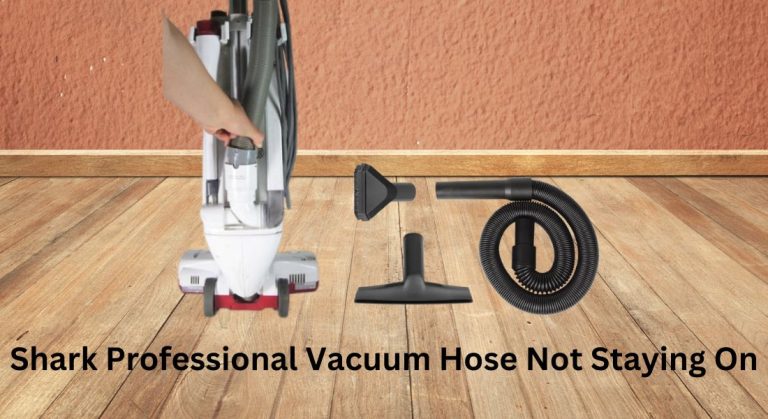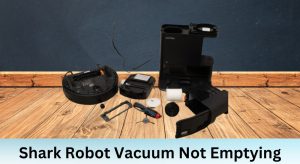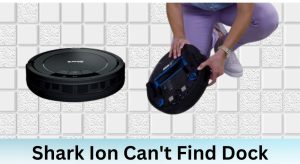Shark professional vacuums are known for their powerful suction and user-friendly design, making them a popular choice for both homeowners and cleaning professionals. However, one common issue that users may encounter is the vacuum hose not staying on. This problem can be frustrating, as it disrupts the cleaning process and reduces the vacuum’s effectiveness. Understanding the causes and solutions for this issue is essential to maintaining your vacuum’s performance and ensuring a seamless cleaning experience.

Several factors can contribute to the hose not staying on, including clogs, damage, incorrect assembly, or filter-related issues. Addressing these problems promptly not only restores suction power but also extends the lifespan of your vacuum. In this article, we’ll explore the common causes of this issue and provide step-by-step solutions to help you fix it.
Causes of the Hose Not Staying On

Clogged Hose
A clogged hose is one of the most frequent causes of the hose not staying on. Blockages can create pressure imbalances, causing the hose to detach or lose suction. To check for clogs, squeeze the two tabs at the bottom of the nozzle and pull the hose off. Inspect the L-shaped plastic base and the hose itself for debris. If you find a blockage, use a tool to remove it. Additionally, check the suction release valve at the handle to ensure the arrows are turned all the way to the right. Regularly cleaning the hose and preventing debris buildup can help avoid this issue.
Damaged or Deteriorating Hose
Over time, the hose can develop cracks or microcracks, leading to reduced suction and detachment. Inspect both the short hose between the vacuum head and the base, as well as the hose between the handle and the wand, for signs of damage. If you notice cracks or peeling, it’s time to replace the hose. Replacement hoses are widely available from Shark or third-party suppliers and are relatively easy to install. Ensuring the hose is in good condition is crucial for maintaining proper suction and attachment.
Incorrect Assembly or Attachment
Improper assembly or attachment of the hose can also cause it to not stay on. If the hose isn’t securely connected to the vacuum, it may detach during use. Double-check the attachment points to ensure the hose is properly seated and locked into place. Refer to your user manual for specific instructions on assembling your Shark vacuum model. Taking a few extra moments to verify the attachment can prevent this issue from occurring.
Filter-Related Issues
Clogged or dirty filters can affect the vacuum’s suction power and cause the hose to detach. Regularly cleaning and replacing the foam and felt filters is essential for optimal performance. To clean the filters, remove the dust cup and pull out the two filters on top of the motor base. Rinse them with lukewarm water until the water runs clear, and let them dry completely before reinstalling. Maintaining clean filters not only improves suction but also helps keep the hose securely attached.
Solutions and Fixes
Checking and Cleaning the Hose
To address a clogged hose, start by inspecting it for blockages. Use a long, thin object like a wire hanger to gently remove any debris. For stubborn clogs, you can use compressed air to clear the hose. Regular cleaning and preventive measures, such as avoiding large debris, can help keep the hose clear and functioning properly.
Replacing the Hose
If the hose is damaged, replacing it is the best solution. Purchase a compatible replacement hose from Shark or a trusted supplier. To install the new hose, disconnect the power cord, remove the old hose, and securely attach the new one. Test the vacuum to ensure the hose stays on and suction is restored. Proper installation is key to preventing future detachment issues.
Adjusting the Suction Release Valve
The suction release valve plays a crucial role in maintaining proper suction. If the valve isn’t adjusted correctly, it can cause the hose to detach. Ensure the arrows on the valve are turned all the way to the right. This simple adjustment can often resolve the issue and improve the vacuum’s performance.
Regular Maintenance
Regular maintenance is essential for preventing issues with the hose and vacuum. Schedule routine cleaning sessions to inspect the hose, filters, and other components for blockages or damage. Replace worn-out parts promptly and follow the manufacturer’s maintenance guidelines. Consistent care will keep your Shark vacuum in top condition and reduce the likelihood of the hose detaching.
Troubleshooting Common Issues

Loss of Suction
Loss of suction is often linked to a clogged or damaged hose. Inspect the hose for blockages and clean it thoroughly. If the hose is damaged, replace it to restore suction. Additionally, check the filters and cyclone assembly for clogs, as these can also affect suction power.
Blockages in the Vacuum
Blockages in the vacuum’s pathways can impact the hose’s performance. Use a light to inspect the tubing, handle, and u-bend for debris. If you find a blockage, remove it using a tool or compressed air. Regularly clearing blockages ensures the vacuum operates efficiently and the hose stays securely attached.
Motor or Fan Issues
If the vacuum’s motor or fan is malfunctioning, it can affect the hose’s performance. Check for obstructions in the hoses and inspect the filter component. If you don’t feel air coming from the filter, the motor or fan may be faulty. In this case, contact Shark or a professional for assistance. Addressing motor or fan issues promptly can prevent further damage to the vacuum.
By understanding the causes of the Shark professional vacuum hose not staying on and implementing the solutions outlined above, you can restore your vacuum’s performance and enjoy hassle-free cleaning. Regular maintenance and prompt attention to issues will keep your vacuum in excellent working condition for years to come.







